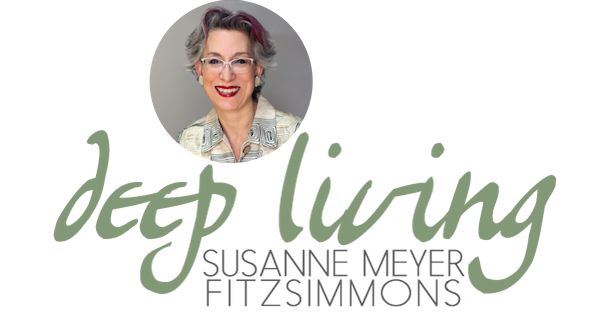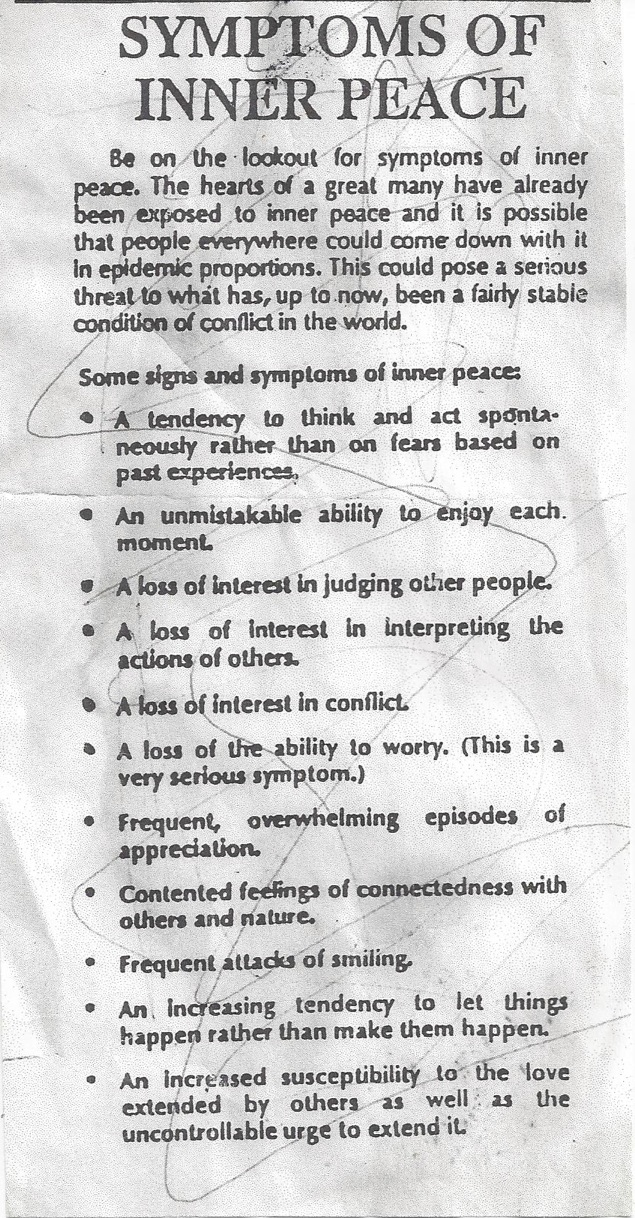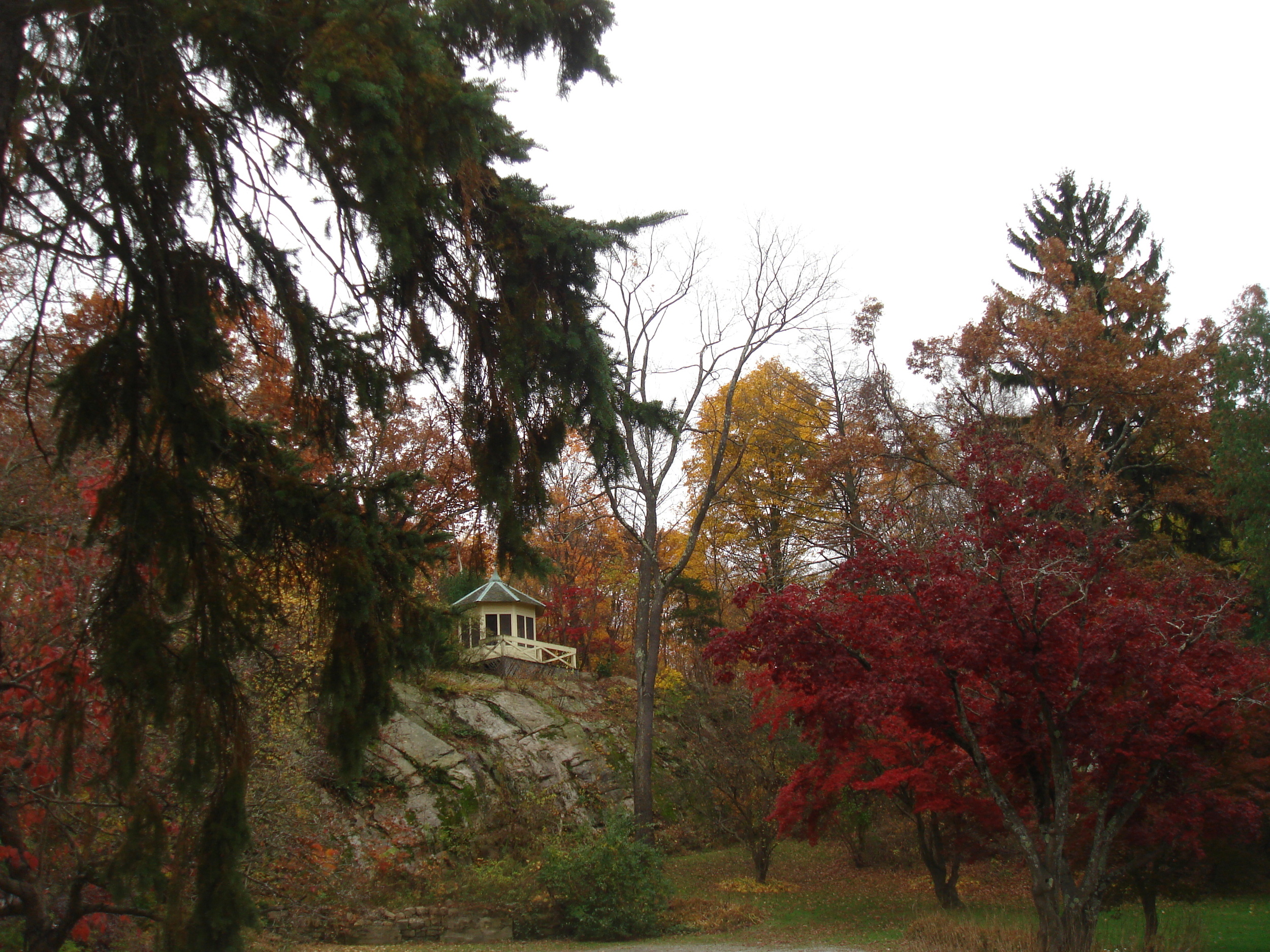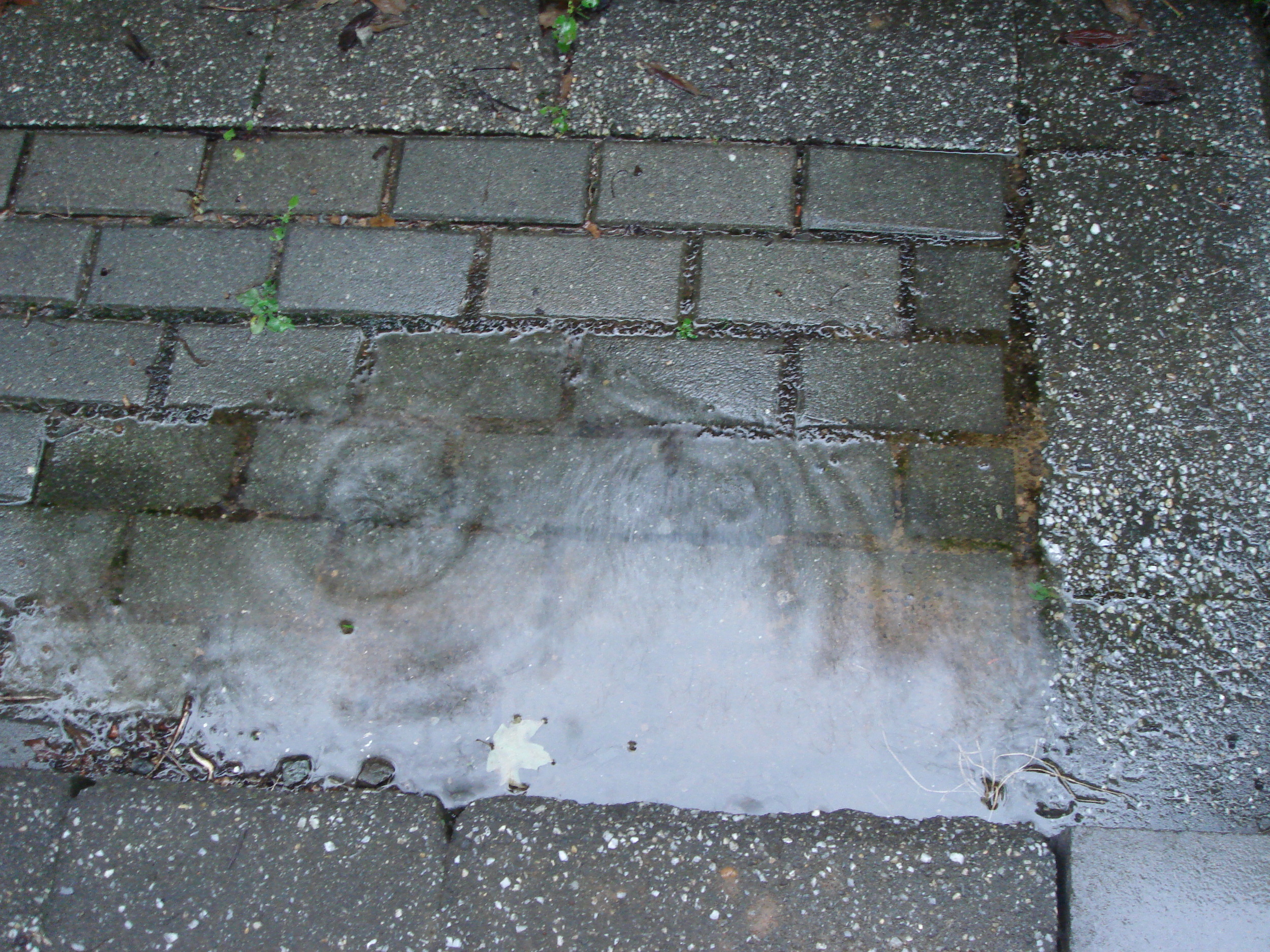 Most of the time we are quite unaware of how much we actually express in our verbal communications beyond the mere word content, through tone of expression, volume and voice timbre, facial expression, and body language. Sometimes I notice that something I said came across all wrong (although it did express entirely how I felt about it). Usually, we communicate from the I-am-the-center-of-the-universe perspective, and that often doesn’t come across as too pleasant. When I say to my kids “I need the table set NOW, please!” I may have said “please,” but the emphasis on the “NOW” and the sharpness in my tone can come across as quite nasty, although it merely expresses my own need to get dinner on the table soon. As a matter-of-fact, the sharp tone has nothing to do with how I feel about my kids, and all about how I feel internally at this moment – (self-imposed?) pressure to get dinner on the table. But that goes unexpressed, and therein lies the problem.
The art of compassionate communication entails expressing what we need to communicate without hurting each other, as well as listening with deep understanding of the other person’s perspective. NVC or nonviolent communication, as Marshall Rosenberg calls it, trains us to understand the role of emotions much better because we need to take into account our and others’ emotional needs in order to communicate respectfully. Adele Faber and Elaine Mazlish have also written some terrific books specifically on how to communicate more compassionately with children. They influenced me deeply.
Most of the time we are quite unaware of how much we actually express in our verbal communications beyond the mere word content, through tone of expression, volume and voice timbre, facial expression, and body language. Sometimes I notice that something I said came across all wrong (although it did express entirely how I felt about it). Usually, we communicate from the I-am-the-center-of-the-universe perspective, and that often doesn’t come across as too pleasant. When I say to my kids “I need the table set NOW, please!” I may have said “please,” but the emphasis on the “NOW” and the sharpness in my tone can come across as quite nasty, although it merely expresses my own need to get dinner on the table soon. As a matter-of-fact, the sharp tone has nothing to do with how I feel about my kids, and all about how I feel internally at this moment – (self-imposed?) pressure to get dinner on the table. But that goes unexpressed, and therein lies the problem.
The art of compassionate communication entails expressing what we need to communicate without hurting each other, as well as listening with deep understanding of the other person’s perspective. NVC or nonviolent communication, as Marshall Rosenberg calls it, trains us to understand the role of emotions much better because we need to take into account our and others’ emotional needs in order to communicate respectfully. Adele Faber and Elaine Mazlish have also written some terrific books specifically on how to communicate more compassionately with children. They influenced me deeply.
We all have basic needs such as food, shelter, safety, love, and respect; and more individual needs like order, beauty, creativity, acceptance, or perhaps challenge. We reveal in our emotional reactions, expressed through the above indicators, how well, or not, those needs are being met. That awareness should probably make us take a deep breath next time we are about to raise our voice.









